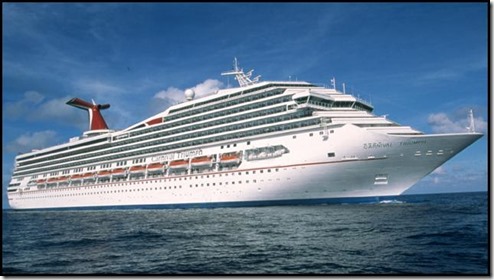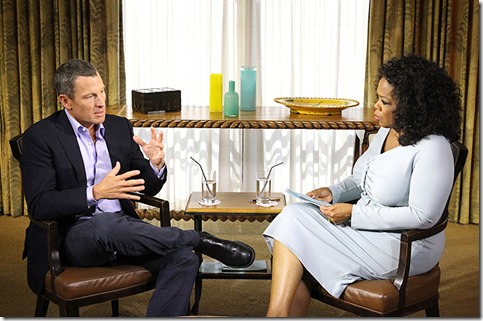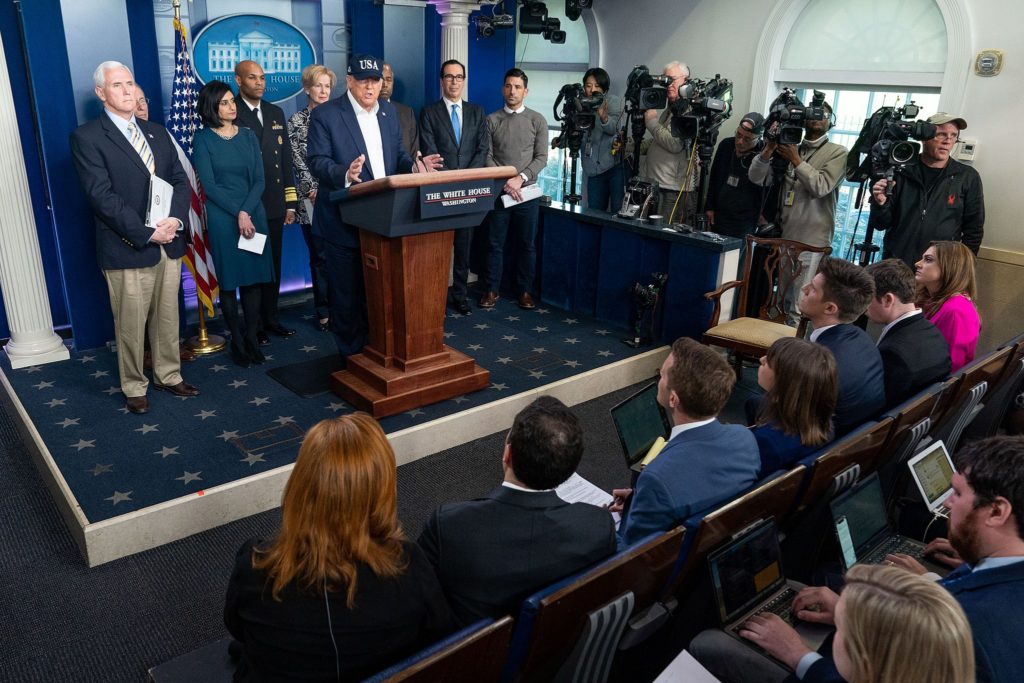The 5C’s Of Crisis Communications
A crisis strikes your company. News helicopters are flying overhead, reporters with camera crews are showing up at your headquarters, and journalists from all over the world begin calling your communications department.
That scenario might seem dramatic—and admittedly, most corporate crises aren’t quite that sensational—but it happens. When a plane crashes, a factory has a major explosion, or a university has a school shooting, all of those things happen, and more.
It’s common for executives to deliver a press conference in those situations—and how well they come across during their early press conferences and media interviews is critical to establishing a strong public perception.
The 5C’s of crisis communications detail the five critical traits all executives and spokespersons must convey during their press conferences and interviews.
1. Competence
Early in a crisis—before the facts are known and when company officials are as blindsided as everyone else by the news—it’s easy for an executive to appear flustered, unsure, and tentative. As an example, watch this example of the flustered chairman of a rail company responding to a derailment that killed more than 40 people in Quebec.
The public can’t see how well you perform handling the details of the crisis itself. They can’t watch you delegate roles, see your private meetings, or hear your phone calls. So fairly or not, they will judge your competence based on how well you perform during your time in the media spotlight. Handle a tough press conference with dexterity? You’re deemed competent. Look uneasy before cameras? You’re not.
2. Credibility
There’s one question that drives the public’s perception of an executive or spokesperson more than any other: “Does he or she get it?” Anything that undercuts an executive’s credibility threatens their public image for the rest of the crisis, and possibly forever. In some cases, the best way to gain credibility is to concede, rather than defend, an obvious point.
When BP’s former CEO Tony Hayward declared during the worst oil spill in U.S. history that “the amount of volume of oil…we are putting into [the Gulf of Mexico] is tiny in relation to the total water volume,” the public concluded that he didn’t get it. He should have conceded that it was an environmental disaster and stopped there.
3. Commitment
To set the right tone, executives and spokespersons generally need to express (in words or actions) a deep commitment to communicating with any affected stakeholders, the media, and the general public. Doing so ensures that reporters use you as the primary source and helps communicate your commitment to solving the problem (or at least mitigating its effects).
When Carnival Cruises had a PR challenge in February 2013 after an on board fire knocked out water and power, the company’s CEO got credit for showing up when the ship docked and going on board to apologize to passengers personally. But the company’s commitment to communicating to the passengers themselves was less effective; many complained that the crew didn’t keep them fully informed about the situation.
4. Caring
Little makes the public turn on an executive or public figure in crisis more than someone who’s cavalier toward any victims. As an example, when Lance Armstrong admitted to Oprah Winfrey that he had used performance-enhancing drugs, he took the opportunity to “jokingly” label a former teammate’s wife—who Armstrong had falsely called a liar for years—a “crazy bitch.”
Few executives label victims that way, but they might communicate their indifference through self-focus. If an executive talks about the way he or she has suffered more than the way the actual victims suffered (see Tony Hayward’s “I’d like my life back,”) they will be held in low regard or become outright pariahs.
5. Capability
Finally, the public must perceive that the executive is capable of solving the problem. BP’s Tony Hayward failed that test. So did Susan G. Komen Foundation CEO Nancy Brinker. So did Paula Deen. So did Lululemon founder Chip Wilson.
But Jet Blue’s David Neeleman got it exactly right. When Jet Blue faced a media crisis after canceling hundreds of flights and leaving passengers stuck on grounded planes without food or water for many hours in 2007, CEO David Neeleman responded by releasing a “Passenger Bill of Rights.” That Bill of Rights offered passengers increasing levels of compensation based on the length of their flight delays.
This interview from The Today Show demonstrated his competence, credibility, commitment, caring, and capability.
If you learned from this post, would you please help spread it through your social networks? Share buttons are below. Thank you!







The commitment point is a huge one. Thanks for the post, Brad.
[…] Through reading the material from week 7 in our public relations and theory course I found the 5c’s of communication an interesting topic. Although they change around slightly, they mostly revolve […]
Great piece as always. Of all the examples, JetBlue is a special one. Their reputation took a gut punch and it remains vulnerable. Entering 2007 they were seen as a special brand very much akin to how devoted fans feel about Apple today. They were seen as disrupting how airlines worked and treated their customers. When their poor processes were revealed, all that was special about the brand was stripped away and JetBlue became just another airline, something that was solidified when they adopted baggage fees and their BrandIndex score dropped them to the middle of the pack in the industry. Here is a link to the latest BrandIndex data showing JetBlue trailing Virgin and Southwest: http://www.brandindex.com/article/virgin-america-leads-improved-sector after climbing back to the upper echelon. All of this is to say that great communication can work wonders but a brand’s reputation is only as good as the most recent experience you provided your customer.